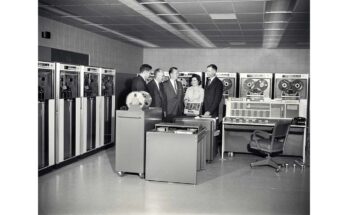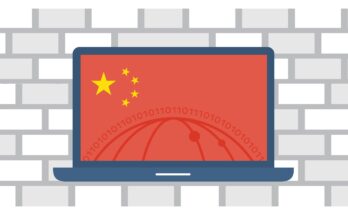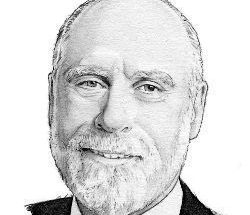
How do you create an internet archive of all human knowledge?
The internet is forever … or is it? The average webpage is deleted or changed in just 100 days. To preserve all human knowledge — digital and analog — Brewster Kahle created the Internet Archive.
How do you create an internet archive of all human knowledge? Read More














